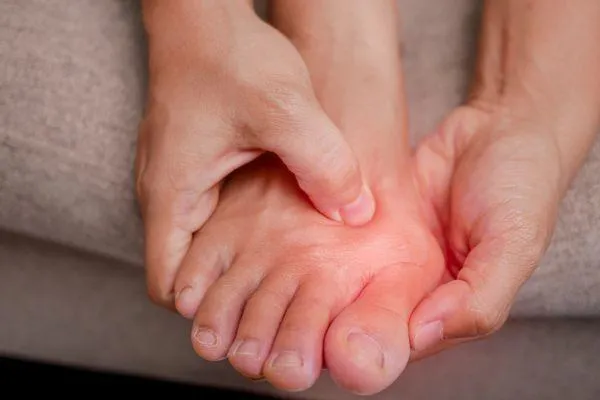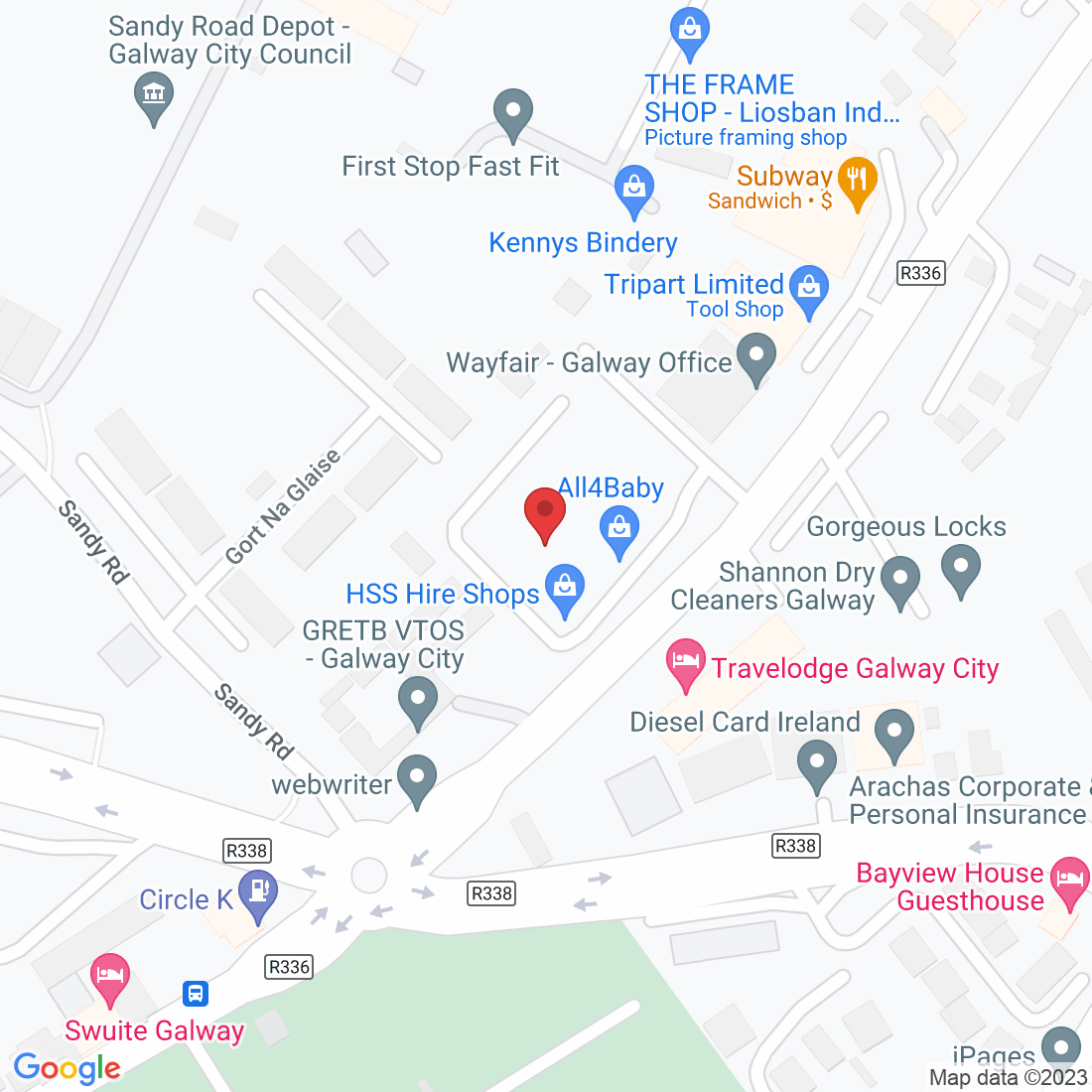
Pain Under Your Big Toe? Here’s What You Need to Know About Sesamoiditis
If you've ever felt a sharp, nagging pain under your big toe, especially when walking, running, or dancing, you might be dealing with a condition called sesamoiditis. It’s a lesser-known but surprisingly common issue that affects athletes, dancers, and anyone who spends a lot of time on their feet. At Peak Podiatry, we see this condition often and know how important it is to get the right treatment to keep you moving pain-free.
In this blog, we’ll break down what sesamoiditis is, what causes it, how to identify it, and the treatment options available to help you get back to doing what you love.
What Is Sesamoiditis?
Sesamoiditis is the inflammation of the sesamoid bones, two small, pea-shaped bones located beneath the joint of your big toe. These tiny bones act like pulleys, helping the tendons move smoothly and supporting the weight-bearing function of your foot.
When these bones become irritated or inflamed, it can cause significant pain and limit your ability to walk, run, or push off your toes. It’s a condition often seen in athletes (especially runners) and dancers, but anyone can develop it.
What Causes Sesamoiditis?
Sesamoiditis typically develops from repetitive stress and overuse of the big toe joint. Some common causes include:
High-Impact Activities: Sports like running, basketball, and dancing put repeated pressure on the sesamoid bones.
Improper Footwear: Wearing high heels, tight shoes, or shoes with insufficient cushioning can increase stress on the big toe joint.
Foot Structure: Individuals with high arches, flat feet, or a naturally prominent big toe joint are more prone to sesamoiditis.
Sudden Trauma: A direct injury, like landing awkwardly on the ball of your foot, can irritate the sesamoid bones.
Signs and Symptoms of Sesamoiditis
The symptoms of sesamoiditis often develop gradually and may include:
Pain under the big toe joint, especially when walking, running, or bending the toe.
Swelling or bruising in the area of the sesamoid bones.
Tenderness when pressing on the ball of the foot.
Difficulty pushing off with your toes while walking or running.
The pain may worsen with specific movements, such as standing on your tiptoes, wearing tight shoes, or participating in high-impact activities.
How Is Sesamoiditis Diagnosed?
At Peak Podiatry, we start with a thorough examination of your foot, asking about your symptoms and activities. We may also use imaging tools such as X-rays or ultrasound to confirm the diagnosis and rule out fractures or other conditions.
How to Treat Sesamoiditis
The good news is that sesamoiditis can often be treated successfully with conservative methods. Here’s how:
Rest and Reduce Activity: Give your feet time to recover by avoiding high-impact activities that put pressure on the sesamoid bones.
Proper Footwear: Switch to shoes with a wide toe box, good cushioning, and low heels to reduce stress on the big toe joint.
Orthotics and Padding: Custom orthotics or padding can help offload pressure from the sesamoid bones and support proper foot alignment.
Ice Therapy: Apply ice to the affected area for 15-20 minutes several times a day to reduce inflammation and pain.
Anti-Inflammatory Medication: Over-the-counter NSAIDs like ibuprofen can help manage pain and swelling.
Physical Therapy: Specific stretches and strengthening exercises for the foot and lower leg can improve stability and prevent recurrence.
When Is Surgery Needed?
In severe cases where conservative treatments do not provide relief, surgical options may be considered. This could involve removing the sesamoid bone or repairing surrounding tissue. However, surgery is usually a last resort, and most people recover well with non-invasive treatments.
How to Prevent Sesamoiditis
Prevention is key to avoiding a painful recurrence of sesamoiditis. Here are a few tips:
Wear proper footwear with adequate support and cushioning.
Avoid high heels or shoes that put excess pressure on the ball of your foot.
Use custom orthotics if you have high arches or flat feet.
Warm up before exercise and gradually increase activity intensity to avoid overuse injuries.
Listen to your body—if you feel pain, take a break and address it early.
Take the Next Step Toward Pain-Free Feet
Sesamoiditis can be frustrating, especially if it’s holding you back from your favorite activities. But with the right care and treatment, you can get back on your feet and keep moving pain-free.
At Peak Podiatry, we specialize in diagnosing and treating foot conditions like sesamoiditis. If you’re experiencing pain in your big toe joint or have questions about your foot health, don’t hesitate to reach out.
Book an appointment today, and let’s get you back to doing what you love!
Final Thoughts
Your feet are the foundation of your movement—don’t let sesamoiditis slow you down. Whether you’re a runner, a dancer, or someone who simply loves staying active, we’re here to help you every step of the way.
Ask Robert And His Team
Fill in the form to request a Call From Our Team
Fill in the form to request a Call From Our Team
One of our team will call you for FREE and answer any questions or concerns you may have about your Foot Pain.
One of our team will call you for FREE and answer any questions or concerns you may have about your Foot Pain.
© Copyright 2022. Peak Podiatry All rights reserved.





